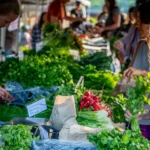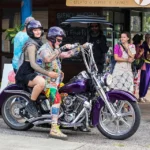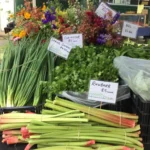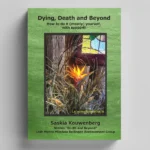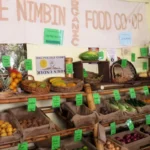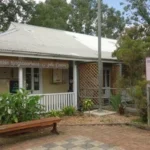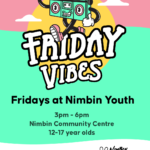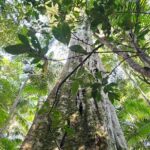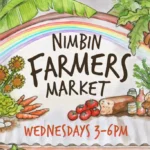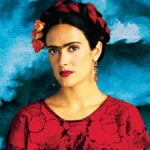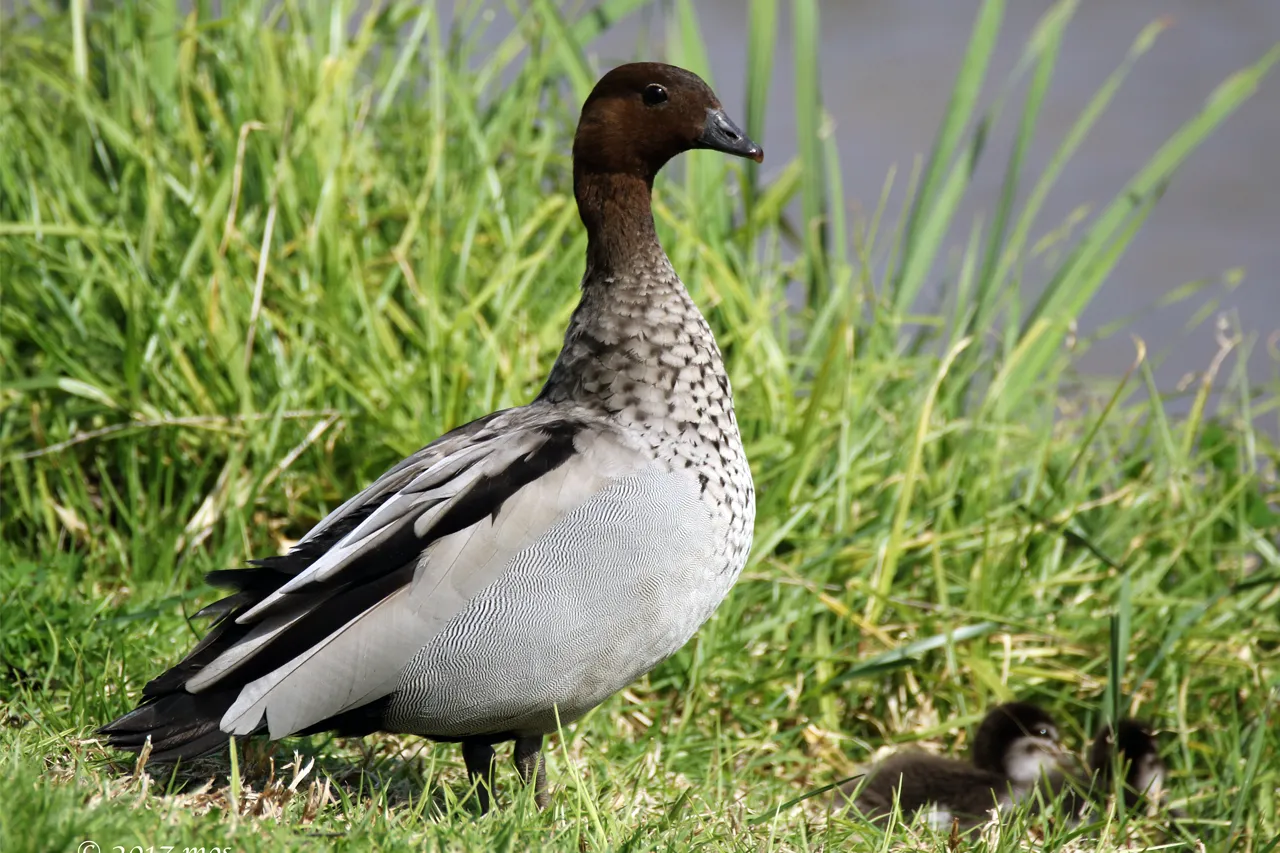
Songs & Calls
The most common call is a loud, rising croaky gnow sound by the females, and the male call is the same except smoother, shorter and higher than the females. Staccato chattering is also present in flocks.
Local Notes
The Wood Duck stands alone— the only Chenonetta, neither goose nor duck, but something in between. It teaches its young to fall before they learn to fly. So too, the children of Nimbin: born to counterculture and chaos, feathered in difference, held aloft by generational wisdom. We fall often. But we rise— not despite our place, but because of it.by Wil Polson
This 45–51 cm duck looks like a small goose, and mostly feeds by grazing in flocks.
The male is grey with a dark brown head, mottled breast and very thin white and black stripes on sides/flanks. The female has white stripes above and below the eye and mottled underparts. Both sexes have grey wings with black primaries and a white speculum. Juveniles are similar to adult females, but lighter and with a more streaky breast.
Find more local birdlife
-
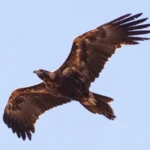
Wedge-tailed Eagle
Birds
-
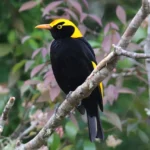
Regent Bowerbird
Birds
-
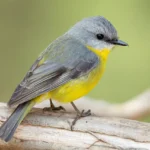
Eastern Yellow Robin
Birds
-
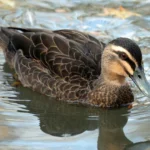
Pacific Black Duck
Birds
-
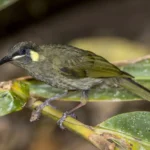
Lewin’s Honeyeater
Birds
-
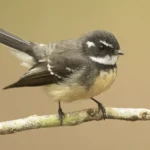
Grey Fantail
Birds
-
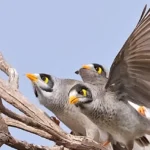
Noisy Miner
Birds
-
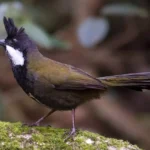
Eastern Whipbird
Birds
-

Rainbow Lorikeet
Birds
-
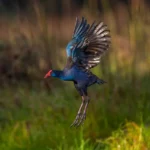
Australasian Swamphen
Birds
-
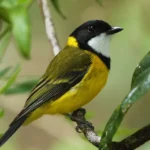
Golden Whistler
Birds
-
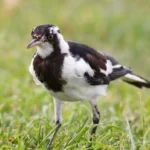
Magpie-lark
Birds
-
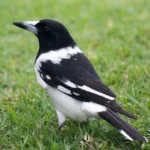
Pied Butcherbird
Birds
-
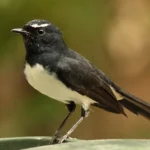
Willie Wagtail
Birds
-
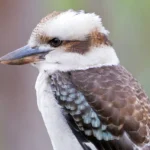
Laughing Kookaburra
Birds
-

Welcome Swallow
Birds
-
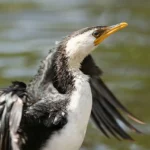
Little Pied Cormorant
Birds
-

Superb Fairywren
Birds
-
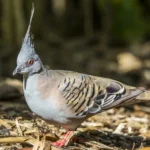
Crested Pigeon
Birds
-
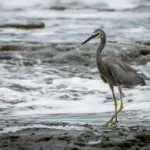
White-faced Heron
Birds
-
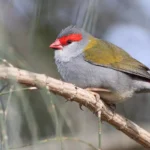
Red-browed Finch
Birds
-

Black-faced Cuckooshrike
Birds
-
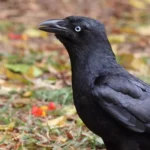
Torresian Crow
Birds
-
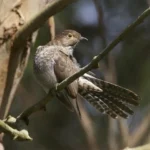
Fan-tailed Cuckoo
Birds
-
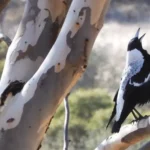
Australian Magpie
Birds
Credit Birdlife Australia


